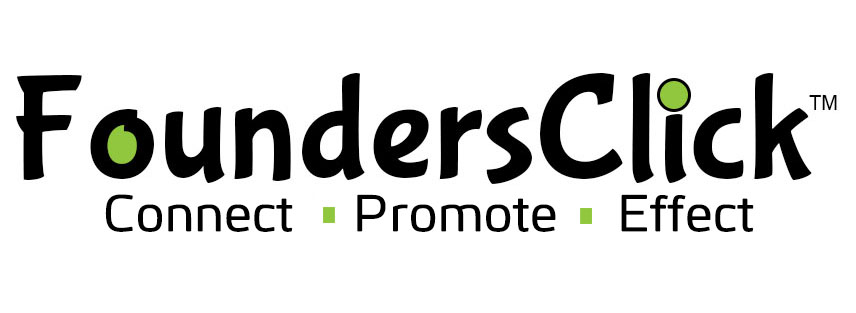Software development is the process of designing, creating, testing, and maintaining software applications or systems. It involves a series of structured steps to transform user needs into functional and reliable software.
Key Phases of Software Development:
-
Planning:
-
Requirement gathering: Understanding the needs of the client or end-users.
-
Feasibility study: Analyzing the project's technical, financial, and operational feasibility.
-
Project scope: Defining the project's objectives, timeline, and resources needed.
-
-
Design:
-
System Design: Creating a blueprint for the software, including system architecture, database design, and user interface (UI) design.
-
Prototyping: Building early versions of the software to visualize how it will work.
-
-
Development (Coding):
-
Programming: Writing the actual code based on the design using various programming languages like Java, Python, C++, etc.
-
Version Control: Managing changes to code using systems like Git, which allows multiple developers to work together and track changes.
-
-
Testing:
-
Unit Testing: Checking individual parts of the software for errors.
-
Integration Testing: Ensuring that different parts of the software work together.
-
System Testing: Verifying the complete system against the requirements.
-
User Acceptance Testing (UAT): Allowing the end users to test the software to see if it meets their needs.
-
-
Deployment:
-
Release: Launching the software for public use, either on the web, in an app store, or as an on-premise solution.
-
Configuration Management: Ensuring that the software runs properly on various systems or environments.
-
-
Maintenance:
-
Bug fixing: Resolving any issues or bugs reported by users.
-
Updates and patches: Adding new features or improving performance over time.
-
Support: Assisting users and addressing technical problems.
-
Types of Software Development:
-
Web Development: Building web-based applications using HTML, CSS, JavaScript, and server-side languages like Python, PHP, or Node.js.
-
Mobile Development: Creating applications for mobile devices using languages like Swift (iOS), Java (Android), or frameworks like React Native and Flutter.
-
Game Development: Designing and developing video games for PCs, consoles, or mobile devices using engines like Unity or Unreal Engine.
-
Embedded Systems Development: Creating software for hardware devices (like microcontrollers or IoT devices) using languages like C or C++.
-
Enterprise Software Development: Developing large-scale software solutions for businesses, like Customer Relationship Management (CRM) systems, Enterprise Resource Planning (ERP) systems, and other business applications.
Software Development Methodologies:
-
Waterfall: A linear and sequential approach where each phase must be completed before moving to the next. It works well for projects with clear requirements.
-
Agile: An iterative and flexible approach that emphasizes collaboration, feedback, and quick releases. Popular frameworks include Scrum and Kanban.
-
DevOps: Focuses on collaboration between development and IT operations teams to improve software delivery speed and reliability.
-
Lean: Focuses on minimizing waste and improving efficiency, often by releasing smaller updates frequently.
Tools and Technologies:
-
Programming Languages: Java, C++, Python, JavaScript, PHP, Ruby, Swift, Kotlin, etc.
-
Integrated Development Environments (IDEs): Visual Studio, IntelliJ IDEA, Eclipse, PyCharm, Xcode.
-
Databases: MySQL, PostgreSQL, MongoDB, Oracle.
-
Frameworks: React, Angular, Django, Spring, Laravel, Flask.
-
Version Control: Git, GitHub, GitLab.
-
Project Management Tools: Jira, Trello, Asana.
-
Continuous Integration/Continuous Deployment (CI/CD): Jenkins, Travis CI, CircleCI.
Software Development Life Cycle (SDLC):
The SDLC is a systematic process used to build software, typically following the stages mentioned above. It ensures that the project is completed efficiently, within budget, and meets the required specifications.
Skills for a Software Developer:
-
Problem Solving: Writing efficient algorithms and debugging issues.
-
Communication: Explaining technical concepts to non-technical stakeholders and collaborating in teams.
-
Continuous Learning: Keeping up with new technologies and best practices.

 SkillClick
SkillClick
